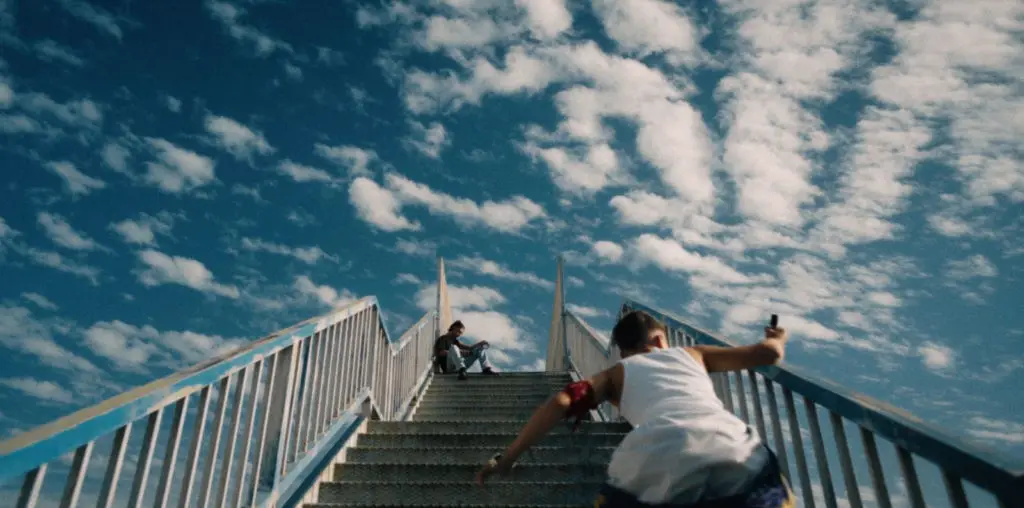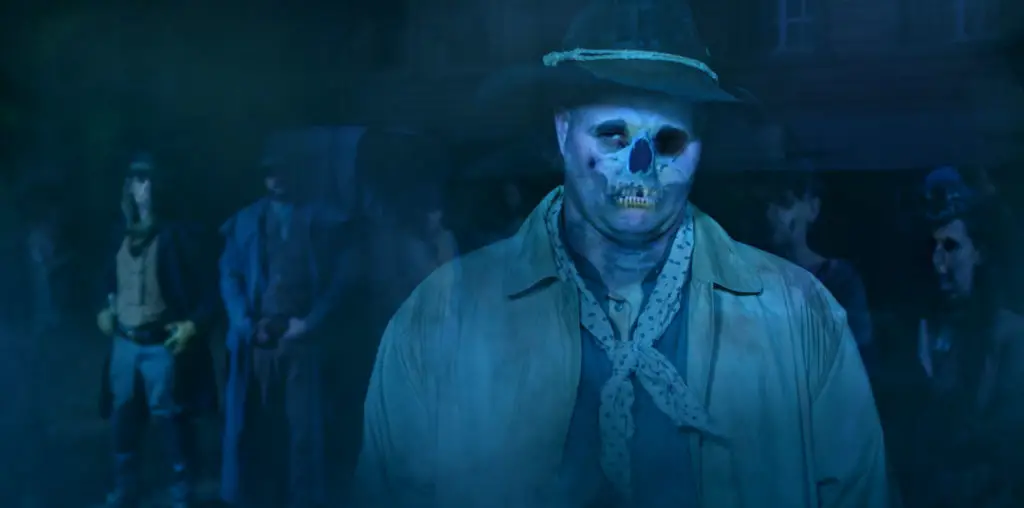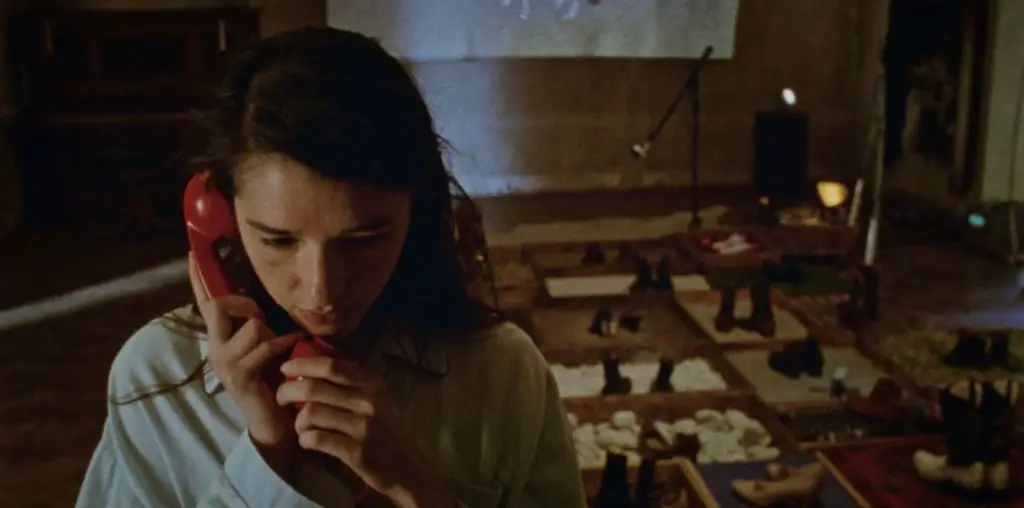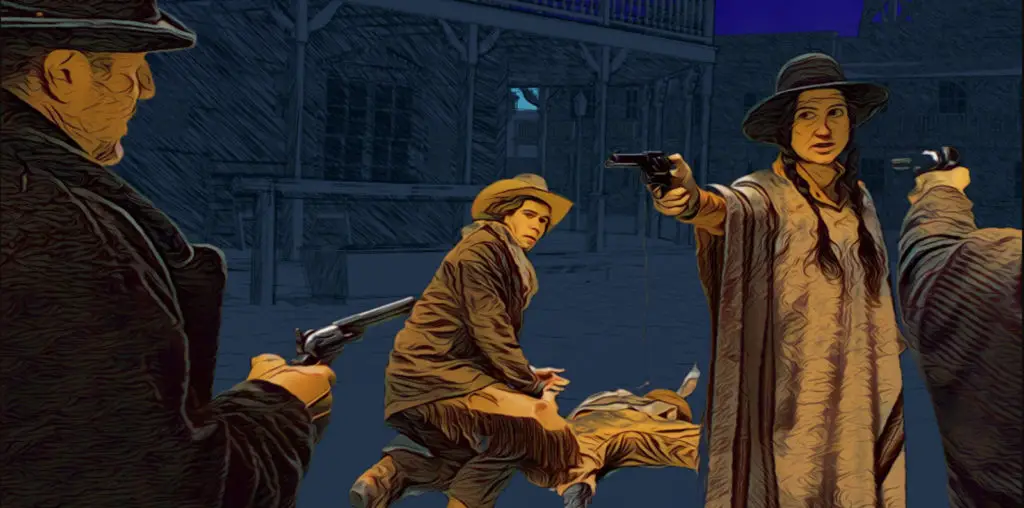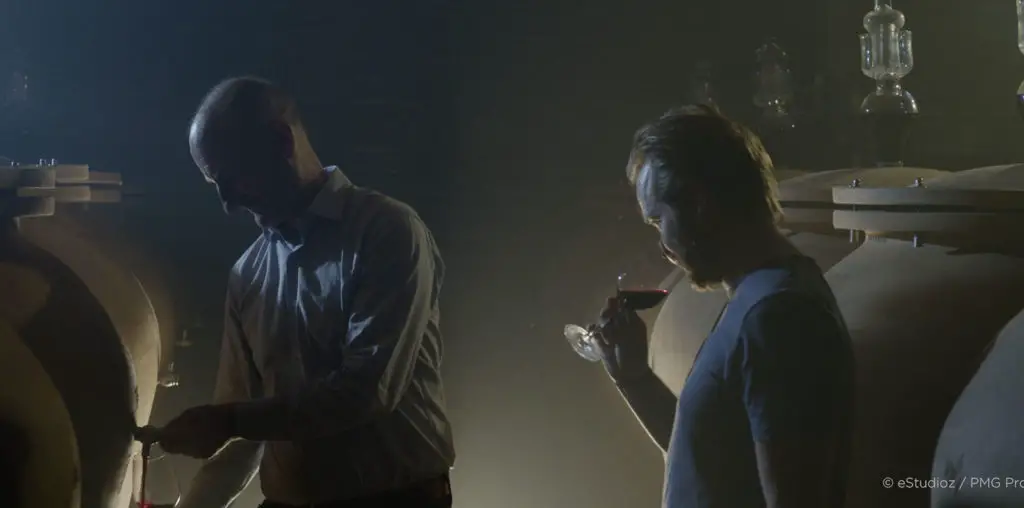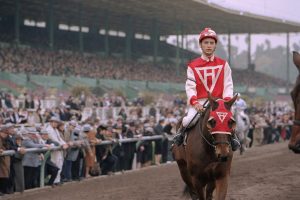
Kentucky boasts a rich cultural heritage, stunning landscapes, and a warm hospitality that has drawn filmmakers worldwide. Its picturesque countryside, charming small towns, and vibrant cities have provided the perfect backdrop for numerous iconic movies.
Kentucky’s diverse terrain has played a pivotal role in shaping the narratives of these cinematic masterpieces, from heartwarming dramas to thrilling action sequences.
The Majestic Thoroughbreds
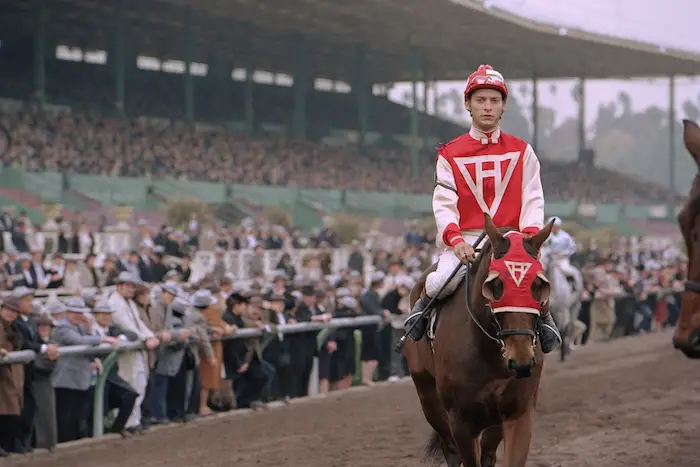
Kentucky’s rolling hills and lush pastures have made it an epicenter for the horse racing industry, earning it the title Horse Capital of the World. This reputation has attracted horse enthusiasts and filmmakers keen on capturing the elegance and speed of these majestic creatures. Three notable films, Seabiscuit (2003), Secretariat (2010), and Dreamer (2005), stand as prime examples of Kentucky’s contribution to equestrian cinema.
Seabiscuit, directed by Gary Ross, recounts the inspiring true story of an undersized racehorse that became a symbol of hope during the Great Depression. Shot on location at the Keeneland Race Course in Lexington, the film captures the essence of Kentucky’s racing culture, immersing viewers in the world of jockeys and stallions.
Similarly, Secretariat, directed by Randall Wallace, chronicles the remarkable journey of the legendary racehorse of the same name. Filmed at various iconic Kentucky race tracks, including Churchill Downs and Keeneland, the movie beautifully portrays the grandeur and excitement of thoroughbred racing.
Dreamer, starring Dakota Fanning and Kurt Russell, weaves a touching tale around the bond between a young girl, a broken-down racehorse, and the dream of redemption. Shot on location in Versailles and Lexington, the film captures the intimate connection between Kentuckians and their equine companions.
Southern Charm and Intrigue
Kentucky’s unique blend of Southern charm and enigmatic landscapes has provided a captivating setting for films that delve into human emotions, relationships, and intriguing stories. Elizabethtown (2005), directed by Cameron Crowe, is a poignant romantic drama that unfolds against the backdrop of the fictional town of Elizabethtown, inspired by the real town of Versailles. The film beautifully captures the essence of Kentucky’s small-town life, with its picturesque farms and warm-hearted locals.
The Insider (1999), directed by Michael Mann, delves into corporate intrigue and journalistic integrity. Based on a true story, the film follows the experiences of a former tobacco industry executive turned whistleblower, played by Russell Crowe, and the 60 Minutes producer who helps him, portrayed by Al Pacino. Filmed in various locations across Kentucky, including Louisville and Lexington, the state’s urban landscapes contrast its rural beauty.
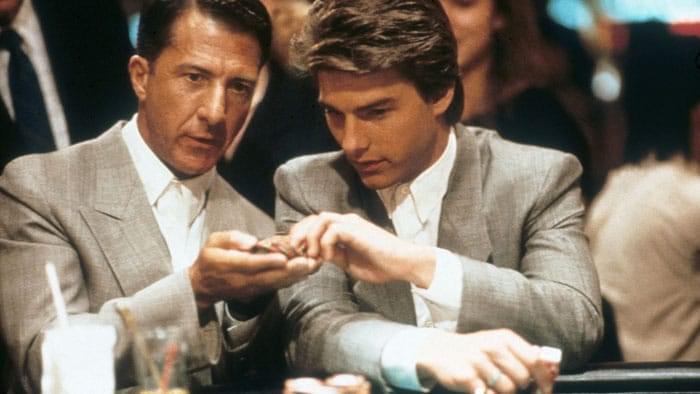
Rain Man (1988), directed by Barry Levinson, is a classic drama that takes viewers on a road trip through America, showcasing the breathtaking scenery of Kentucky’s Mammoth Cave National Park. The film, starring Dustin Hoffman and Tom Cruise, earned critical acclaim for portraying the complex relationship between two estranged brothers.
The Dark Side of Kentucky
Kentucky’s cinematic attraction isn’t confined to picturesque landscapes and heartwarming tales. The state has also provided a haunting backdrop for films that explore darker themes and complex human emotions. Winter’s Bone (2010), directed by Debra Granik, is a gripping drama set in the Ozark Mountains of Missouri but largely filmed in Kentucky.
The film offers a raw and unflinching portrayal of a young woman’s struggle to navigate a world fraught with poverty, crime, and family secrets.
The Killing of a Sacred Deer (2017), directed by Yorgos Lanthimos, is a psychological thriller that weaves a tale of revenge and morality. The film, set in a suburban landscape, was shot in various locations in Cincinnati, Ohio, and Louisville, Kentucky, which lends an eerie atmosphere to the story. Inherit the Wind (1960), directed by Stanley Kramer, is a courtroom drama that delves into the tensions between science and religion.
Though set in the fictional town of Hillsboro, the film was shot in various locations in Kentucky, including the charming town of Stanford. The state’s rustic charm provides a fitting backdrop for the film’s intellectual freedom and social progress exploration.
Thrills and Chills
Kentucky’s diverse terrain, ranging from dense forests to expansive caves, has made it an ideal location for films that evoke suspense, mystery, and fear. “Fire Down Below” (1997), directed by Félix Enríquez Alcalá, is an action thriller starring Steven Seagal, set against the backdrop of Kentucky’s beautiful and ecologically significant cave systems. The film’s portrayal of environmental activism takes viewers on a journey through the state’s natural wonders.
The Mothman Prophecies (2002), directed by Mark Pellington, is a supernatural thriller that draws inspiration from the legendary Mothman sightings in Point Pleasant, West Virginia but was primarily filmed in various locations in Kentucky, including downtown Louisville. Kentucky’s misty landscapes amplify the film’s eerie atmosphere, adding a chilling layer to the story.
While movies undoubtedly provide a fantastic source of entertainment, there are moments when even the most captivating films may lose their attraction. It’s only natural for people to seek out alternative forms of amusement. In such instances, Kentucky sports betting apps offer an exciting diversion.
Kentucky’s Culinary Close-Up: The Kettle (2006), The Great Waldo Pepper (1975), and Get Low (2009)
Beyond its captivating scenery, Kentucky’s culinary traditions have also found their way onto the silver screen. The Kettle (2006), directed by Michael Arick, is a delightful culinary comedy celebrating the rich bourbon-making tradition in the Bluegrass State. Set in the fictional town of Bourbonville, the film playfully explores the eccentric characters and passionate craftsmanship behind the art of distilling.
The state’s open skies and historic airfields provide a fitting backdrop for the film’s high-flying action. Get Low (2009), directed by Aaron Schneider, is a charming dramedy that unfolds in a small Southern town. Filmed in various locations across Georgia and Tennessee, the movie’s production benefited from Kentucky’s warm hospitality and picturesque settings, even though it wasn’t entirely shot within the state.
From Coal Mines to Silver Screens: Matewan (1987), Harlan County, USA (1976), and Coal Miner’s Daughter (1980)
Kentucky’s coal mining heritage has been a significant backdrop for films that shed light on the challenges and triumphs of this vital industry. Matewan (1987), directed by John Sayles, is a powerful drama set during the West Virginia coal miners’ strike of the 1920s. While the events unfold in West Virginia, the film’s authenticity is enhanced using Kentucky’s coal mining communities, which share a similar historical context.
Harlan County, USA (1976), directed by Barbara Kopple, is a documentary that provides an intimate and unvarnished look at the struggles of coal miners in Harlan County, Kentucky. The film is a compelling portrait of a community fighting for their rights against powerful coal companies.
It stands as a testament to the resilience and determination of the people of Kentucky’s coal country. Coal Miner’s Daughter (1980), directed by Michael Apted, is a biographical film that chronicles the life of country music legend Loretta Lynn.
Filmed on location in various parts of Kentucky, including the Lynn family’s ranch in Butcher Hollow, the film captures the spirit of rural Kentucky and the music that emerged from its hills.
Kentucky’s cinematic charm is a testament to the state’s diverse landscapes, rich cultural heritage, and warm hospitality. Kentucky has provided the perfect canvas for a wide range of cinematic masterpieces, from the rolling hills of horse country to the haunting beauty of coal mining communities.
Through movies like Seabiscuit, Winter’s Bone, and Coal Miner’s Daughter, Kentucky’s landscapes and communities have become integral characters in the stories they tell. The state’s iconic locations, from Churchill Downs to Mammoth Cave, have left an indelible mark on the world of cinema.
